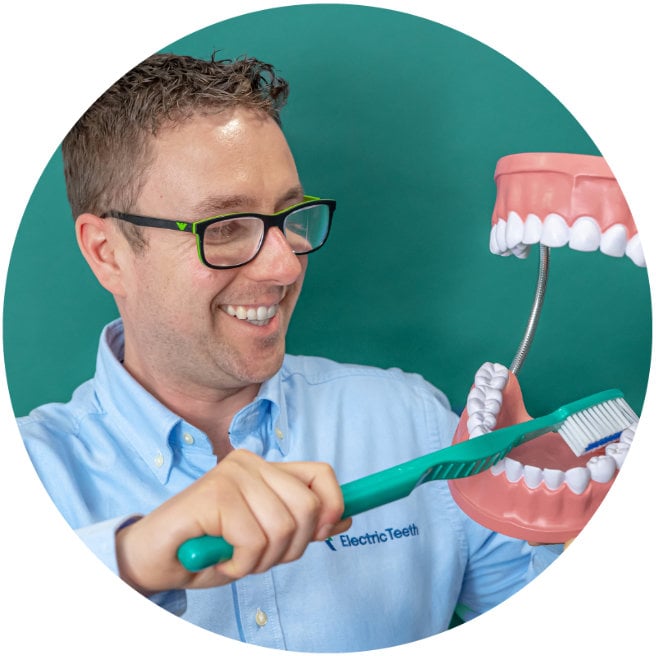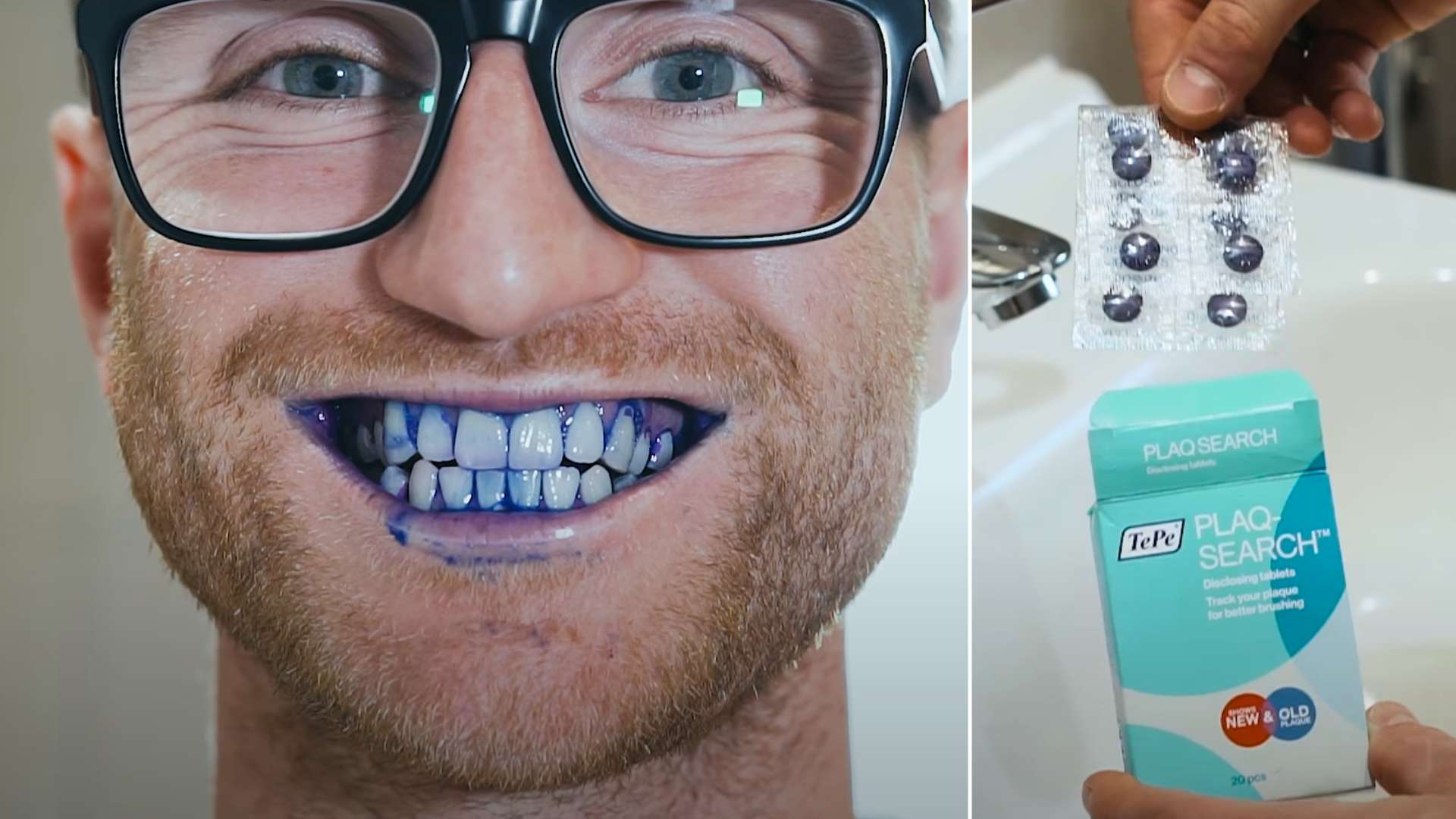
In this post, you'll learn how to use plaque disclosing tablets to check you're brushing your teeth properly.
To keep things simple, we've broken the post down into a few different section:
- An explanation of what plaque is
- Step-by-step instructions of how to use plaque disclosing tablets
- A list of common questions and their answers
And if there's anything you're unsure about after you've read the post, please ask in the comments.
What is plaque and what does it mean?
Plaque is a sticky substance on the teeth that contains bacteria. It is the reason we brush our teeth.
Plaque is a biofilm - a community of microorganisms.
Plaque is made up of tiny food particles, bacteria, and the waste products of bacteria. It builds up over the course of the day, and this is completely normal.
Whilst some bacteria in plaque are harmless, but some are harmful to your oral health, including gum disease and tooth decay.
The food you eat, warm temperatures in your mouth, saliva and ph levels create an ideal environment for plaque to grow.
The following image shows what a buildup of plaque looks like on the teeth.
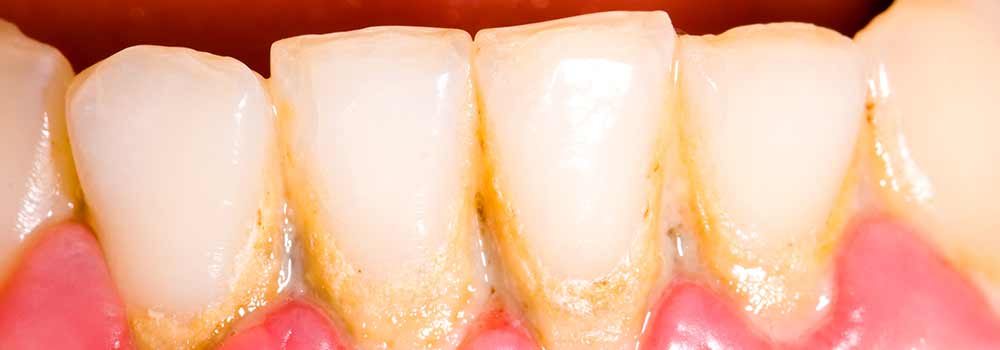
How to get plaque off your teeth
Brushing and flossing is the easiest way to remove plaque from the teeth.
Twice daily brushing along with interdental cleaning should reach and remove the majority, if not all of the plaque on your teeth.
If you use the correct tools and techniques, you should do the best job of removing the plaque.
Every time we eat and drink, it contributes to plaque buildup. Plaque is an ongoing battle and you will never truly win. But, don't despair, as long as you keep a routine and try your best you will reduce the plaque buildup on the teeth.
Dental professionals do have special tools to help removed plaque, particularly hardened plaque known as tartar or calculus.
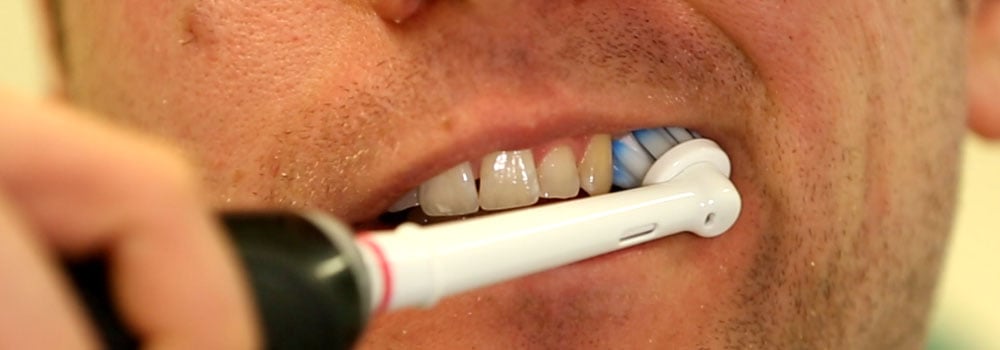
What happens if plaque builds up?
Over time, if the teeth and gums are not properly cleaned, the plaque is not removed. The plaque builds up and the bacteria in it produce acids which irritate your gums. This can lead to redness with bleeding, swelling and tenderness.
This is the early stages of a condition called gingivitis, or as it might more commonly known, gum disease.
This gingivitis, if left untreated, can also develop into periodontitis.
Failing to remove plaque will also result in the plaque hardening into something referred to as tartar or calculus. Calculus is more sticky than your teeth and more plaque will stick to this tartar/calculus than your teeth. This will lead to even more bleeding. At this stage, it can only be removed by professional cleaning.
Everyone is susceptible to plaque and tartar build-up, but it is something we can prevent with cleaning at home.
The bacteria in plaque also cause tooth decay - holes in your teeth that require fillings.
That is because the bacteria produce acids which damage the outside surface of the tooth.
Early stages of tooth decay are reversible, but long term damage is caused when the plaque is not removed and if you have a lot of sugar in your diet.
To prevent plaque from causing gum disease and decay, the solution is brushing your teeth regularly and properly. By doing so, this stops the growth of plaque and removes the food particles that feed the bacteria.
In the image below, the plaque has built up so much that it has hardened, turning it into tartar.
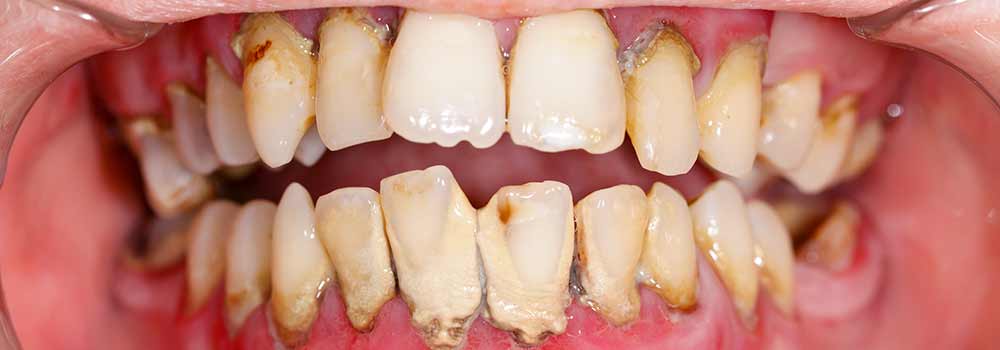
But there is a problem...
Unfortunately, too many of us do not brush correctly. Most of us have never actually been shown the correct way to brush and far fewer actually clean between their teeth with floss or interdental brushes.
This inevitably means we do not remove all the plaque and bacteria within our mouth. Over time this builds up and problems start occurring.
Sadly, too many of us don’t realise this until we start having issues or our dentist makes us aware of the problem.
So what is the answer?
The first step is to educate yourself on how to brush and how to floss.
Why not check out our guide on how to brush your teeth properly.
Even when you have learnt this, how do you really know you are doing it right? Are you removing the plaque properly?
Thankfully there are some ingeniously simple and cheap solutions to let you and I know whether or not we are brushing and flossing correctly.
You can potentially see or feel plaque in your mouth. It is often a thick, sticky and sometimes fur-like deposit on the teeth and gums. It may make your teeth feel rough or even look slimy. It may look like a yellow, tan or brown stain.
But, a much better and more effective method is using plaque disclosing agent, more commonly known as plaque disclosing tablets or solution. Disclosing swabs and floss are available too.
What are disclosing tablets?
Disclosing tablets, sometimes referred to as dental disclosing tablets are a similar shape and size to tablets like aspirin or paracetamol.
Firm to the touch, the tablets are made up of a compressed powder and are usually a bold colour, like the purple tablets shown in the image below.
They are designed to be placed into the mouth and bitten into.
As they are chewed, the tablets break down into a powder and mixes with saliva to create a coloured solution that sticks to any plaque in the mouth.
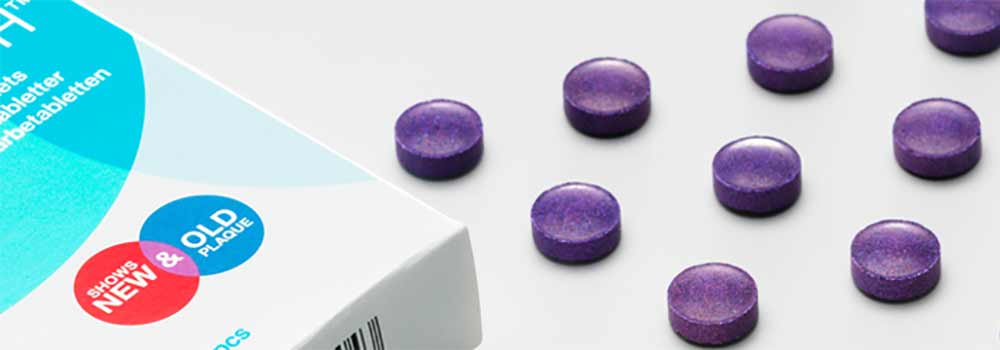
The powder is essentially a dye.
When in the mouth this dye sticks to the plaque to highlight to you areas where you could brush more effectively.
Certain disclosing products will even dye parts of the mouth different colours to show the difference between new and old plaque.
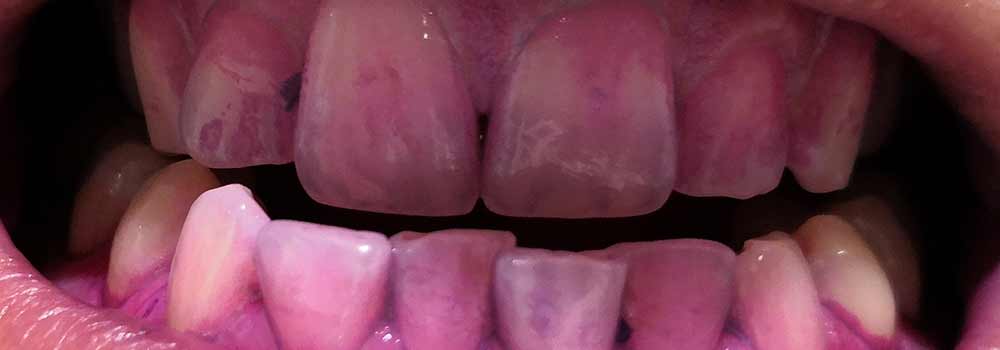
Why disclose plaque?
Plaque can be difficult to see, especially when it is between the teeth, on the inside of the teeth, or at the back of the mouth. In the early stages of its development, it is colourless.
If you are used to the feel of plaque, you may not even be aware of where it is building up in your mouth!
Disclosing products are useful for showing where plaque has accumulated. Having been shown where it is, you can turn your attention to brushing and cleaning the affected area thoroughly.
Plaque disclosing tablets highlight areas of retained plaque by staining them in a bright color. This is useful for both adults and children.
It really does help...
A study published in the Journal of Oral Research and Review found that half of those who used disclosing products had improved their oral care routine at home and reduced the plaque buildup considerably.
Another study published in the American Journal of Orthodontics and Dentofacial Orthopedics examined the effect of showing images of plaque damage or using disclosing tablets on a group of 148, 11- to 25-year-olds who wore traditional braces.
Split into 4 groups, one group were shown the damage caused by plaque buildup. Another group were given tablets, and the last group were given tablets and shown images of plaque damage. At the end of the study, the participants in the group that received tablets and were shown images of plaque damage had the lowest amount of plaque buildup.
Old and new plaque
There are 2 types of plaque, old and new.
New plaque is classed as being less than 12 hours old. This plaque will normally build up over the course of the day, between brushing your teeth.
Old plaque is the buildup of bacteria that is older than 12 hours. This plaque really should have been removed the last time you brushed your teeth.
Most disclosure tablets highlight the two by showing as different colours when disclosed.
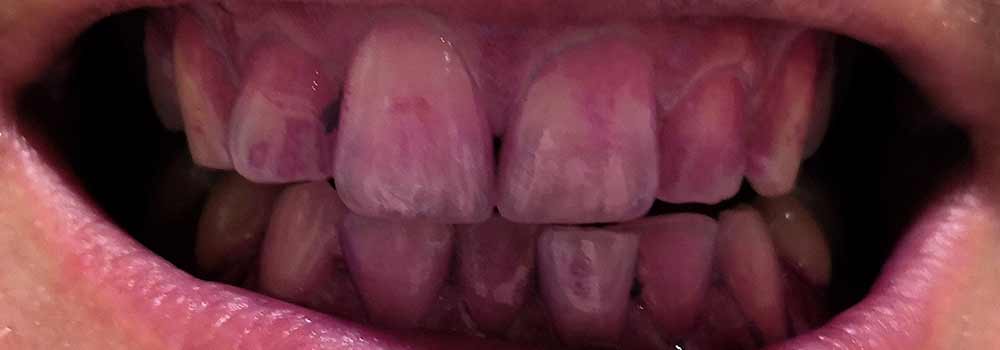
A reddish colour shows new plaque, stuff that has built up within the last few hours. A blue colour highlights plaque that is much older, normally in excess of 24 hours.
Clean, plaque free teeth would have virtually no dye stick to them.
It is not uncommon to see both new and old plaque when disclosing, but ideally, for the best oral health, you want to rid your mouth of both.
You should be concerned if you are seeing signs of a lot of old plaque. This is a sign that your brushing and flossing routine is not getting to all the areas in your mouth.

How to use disclosing tablets & solution
Depending on whether you are using plaque disclosure tablets, solution, swabs or floss, the process is slightly different for each. Below I explain the process for tablets and solution, the most popular options.
In any case, you may want to put some vaseline or lip balm on first to stop you staining your lips.

How to use plaque disclosing tablets
- Step 1: Brush and floss your teeth like you normally would first.
- Step 2: Take one plaque disclosing tablet, place it in the mouth and chew it thoroughly. Younger children may require only half a tablet. Do not swallow it. Mix with saliva and spread it around the mouth and all over the teeth and gums with your tongue.
- Step 3: Spit out saliva carefully (it can be messy) and then rinse your mouth out with water. Depending on how much excess dye remains you may need to rinse again.
- Step 4: Pay attention to areas of the mouth where brushing and flossing could be improved. The plaque will be shown or highlighted by dark patches to which the dye in the tablet has stuck. In many instances old plaque (older than 12 hours will stain Blue) with new plaque (less than 12 hours old) staining Red/Pink.
- Step 5: Brush and floss your teeth thoroughly to remove the stains and plaque buildup.
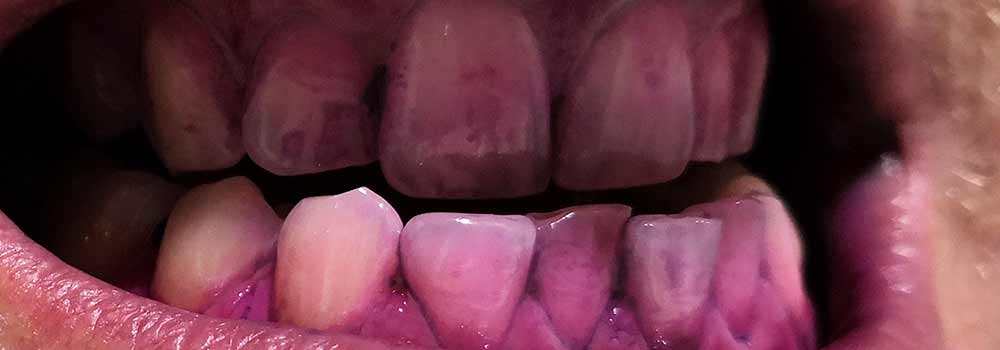
How to use plaque disclosing solution
- Step 1: Brush and floss your teeth like you normally would first.
- Step 2: Dispense a few drops into a dish.
- Step 3: Paint a small amount onto the teeth with a cotton wool bud or small brush.
- Step 4: Rinse your mouth out with water to remove the excess.
- Step 5: Pay attention to areas of the mouth where brushing and flossing could be improved. The plaque will be shown or highlighted by dark patches to which the dye in the tablet has stuck. In many instances old plaque (older than 12 hours will stain Blue) with new plaque (less than 12 hours old) staining Red/Pink.
- Step 5: Brush and floss your teeth thoroughly to remove the stains and plaque buildup.
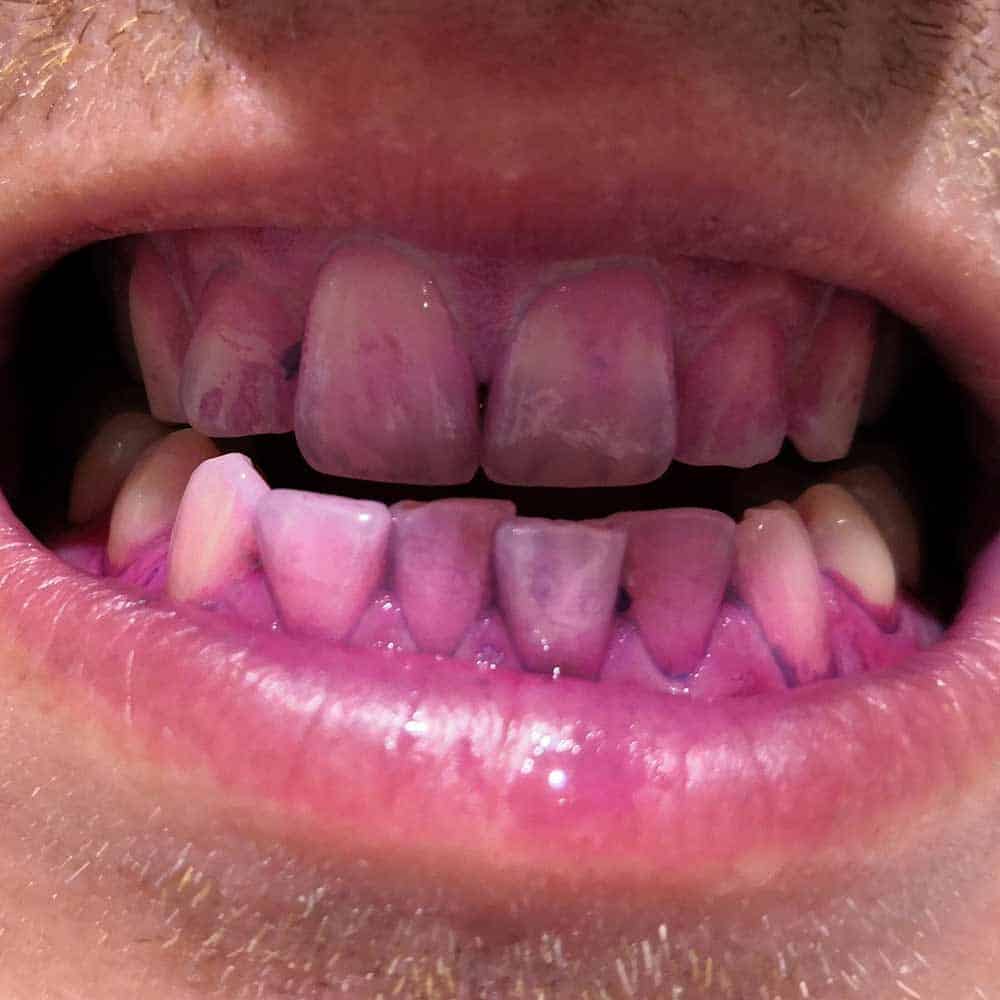
Should I use tablets or solution?
The choice is yours.
Most people prefer tablets.
They tend to be easier for you to use and manage. You do not need to paint the solution onto the teeth and gums.
They tend to have a longer shelf life too.
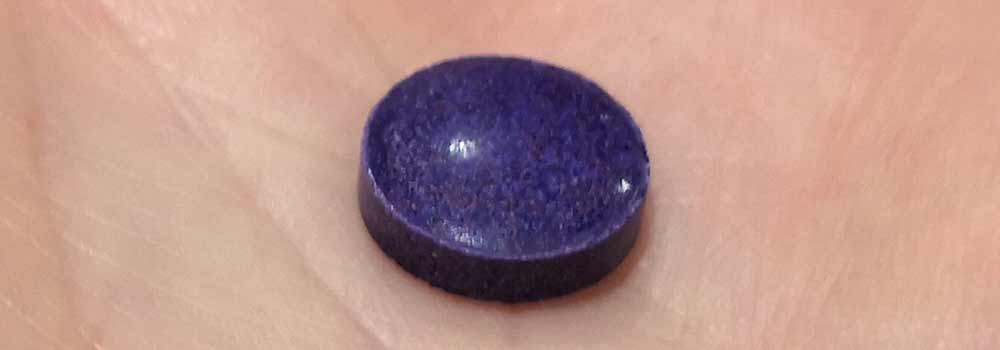
How often should you use disclosing products?
The choice is yours. You can use as frequently or infrequently as you like.
You might want to use every few days until you perfect your routine and then check every few weeks to ensure you are continuing to reach all the plaque in your mouth.
Which should I buy?
My recommendation is TePe’s Plaq-Search plaque-disclosing tablets or solution.
TePe Plaq-Search tablets come in a pack of 10. You can buy them from most good pharmacy outlets or from online stores such as House of Mouth.
Other brands exist as do various pack sizes.
The solution tends to less common.
Plaque prevention?
Plaque build-up over the course of the day is inevitable, no matter what you do, some plaque will form.
Although plaque is something that affects everyone, each of us are different in our resistance and susceptibility to it. For some plaque may grow very quickly, others slower. The speed at which plaque grows tends to increase as we get older.
Irrespective of your age or susceptibility there are some simple things you can do to reduce the plaque build-up.
- Eat at regular intervals - reduce snacking
- Eating breakfast, lunch and dinner with no snacks in between reduces the acid attacks that the teeth are exposed to, reducing plaque buildup.
- Try to limit snacking, if you are hungry, eat in one sitting, rather than lots of mouthfuls over an extended time period.
- Drinking water is also really helpful as it is neutral and does not contain sugars which can aid plaque buildup.
- Brush your teeth
- Brush your teeth twice a day, morning and night, for 2 minutes to clean the tooth surfaces and along the gumline.
- Electric toothbrushes can be up to 10x more efficient than a manual toothbrush at removing this plaque, so investing in one could be worthwhile.
- Clean interdental spaces
- The toothbrush bristles do not get in between your teeth as effectively as floss or interdental brushes.
- You should use either, or both, at least once a day to remove the plaque and food particles that build-up on the surfaces we don’t see.
- Use disclosing products
- As outlined in this article, these products can be really helpful to you in improving your routine and oral health.
- Regular dental checkups
- Going regularly for a checkup with a dentist ensures you get a professional opinion on your oral health.
- They will pick up any issues or concerns they may have and teach you how to address them.
Plaque is here to stay. There is nothing we can do to stop it forming, growing and affecting our oral health But, we can control it and stop it from becoming a problem.
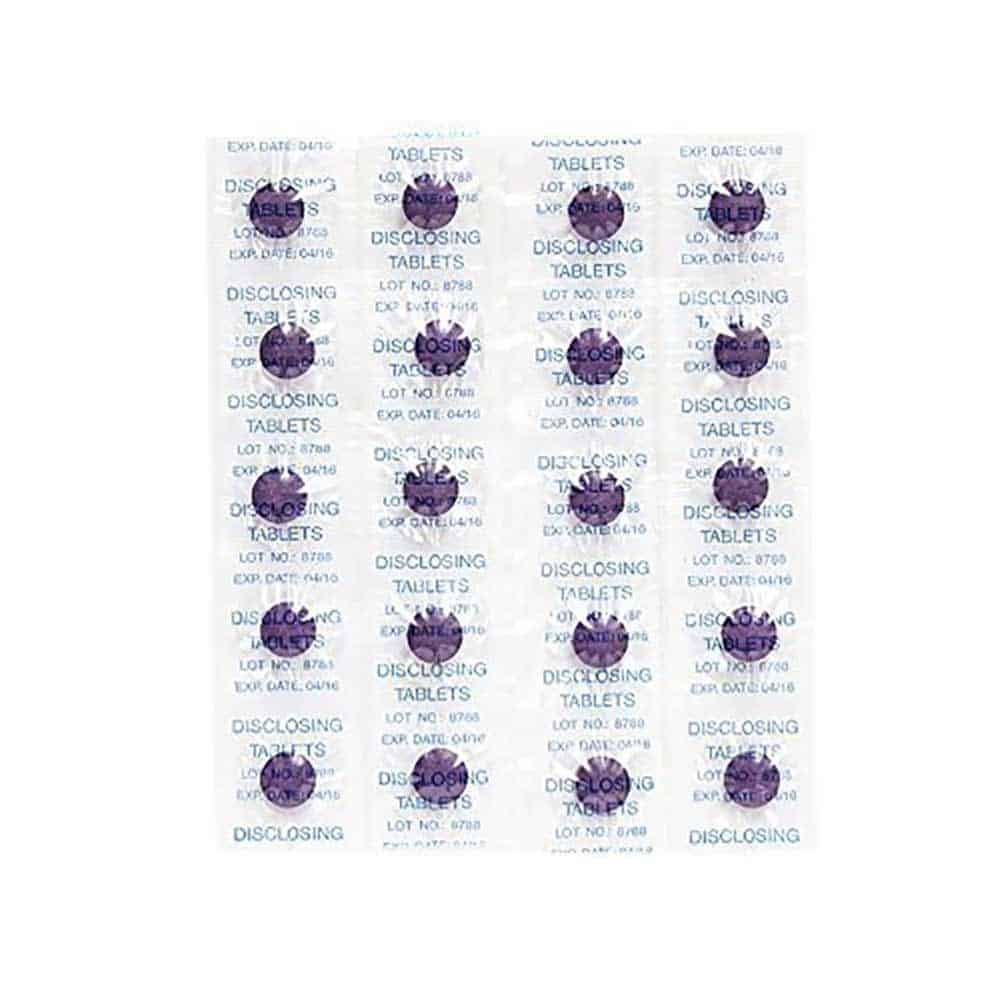
A good dental hygiene routine is key, but disclosing plaque on your teeth is an ideal way to see if you are brushing effectively, without having to consult your dentist. Children and adults alike can get great benefit from this process and really learn how best to clean their teeth and interdental spaces.
Regularly or irregularly, using a disclosing agent can help you tackle brushing problems or inconsistencies before they become a real issue, ensuring you have a cleaner and healthier mouth, suffer less and incur fewer dental bills.
FAQ
I have answered a few of the key questions that arise with plaque disclosing through this article, but below are a few more frequently asked questions and the answer to them.
What is plaque made of?
- Plaque itself is made up of tiny food particles, bacteria, and the waste products of bacteria
Are they suitable for children?
- Yes. Disclosing products are formulated with children in mind.
- They are a fantastic tool in educating children and encouraging them to brush better.
- Often they respond well to the very obvious before and after approach that disclosing involves as they can clearly see the benefits.
- It is recommended though that children under 12 are supervised when using disclosing agents.
Is the plaque-disclosing agent harmful if I swallow it?
- No, not normally.
- Ideally, adults and children alike should spit out or rinse off the excess disclosing agent, but if swallowed you will come to no harm.
- Whilst different brands of disclosing agents differ in their makeup, most are made from simply food dyes that if ingested will pass through the body.
- Please consult the ingredients of the disclosing product before using if you have an allergy.
What are dental disclosing tablets made of?
- The ingredients differ from one brand to another.
- Often they are made from a harmless vegetable dye that stains the plaque already resting on your teeth.
- Listed below are the ingredients from 2 TePe products, which I consider to be one of the leading choices within this market.
- TePe Plaq-Search tablets:
- Hydrated Dextrates, Magnesium Stearate, Sodium Starch Glycolate, Aroma, CI 42090, CI 45410.
- Tepe Plaq-Search solution:
- Aqua, CI 42090, CI 45410, Methylparaben, Propylparben.
- TePe products are gluten free and suitable for vegetarians.
- Of course, these ingredients are subject to change. Always check before use. if you are aware of any allergies to certain ingredients do not use.
How do I remove the disclosing solution from my teeth?
- Brushing and flossing is how the disclosing agent should be removed from the teeth.
- Teeth have five surfaces, so make sure that all are cleaned. You may need to use special cleaning aids such as interdental brushes or floss to clean between the teeth and to remove the stain.
Will it stain the rest of my mouth?
- It is possible that your tongue, gums and lips will pick up some staining from using disclosing products.
- To reduce the chances of this, use vaseline or lip balm before staining your teeth. Afterwards, rinse out thoroughly after disclosing and try to avoid licking your lips.
- You can also gently brush your tongue.
- The staining is temporary and will wear off in a few hours.
Will it stain my implant/crown/bridge?
- Disclosing agents will only stain the plaque found on bridges, dental crowns and implants and will not stain the dental work. Some materials used to make or fix orthodontic appliances to the teeth can stain and so you should ask your dentist for advice, before disclosing
Can I use disclosing agents with my orthodontic appliance?
- Normally, yes. However, if the brackets and bands are plastic they can pick up the staining. Best check with your orthodontist first.
Does it stain clothing?
- It is possible that disclosing products will stain clothing and furnishings. As best as possible avoid contact to stop staining.
Do the plaque-disclosing tablets and disclosing agents go out of date?
- Yes. The packaging will usually give information of their shelf life or expiry date. Tablets tend to have the longest shelf life.
I brush and floss and still get plaque
- This is normal. Plaque will always come back. The speed at which it returns will depend on a number of factors, notably your age, diet and lifestyle. Ensure you are following the advice above about preventing plaque buildup. If that does not help or your are concerned, speak to your dentist for personalised advice.





